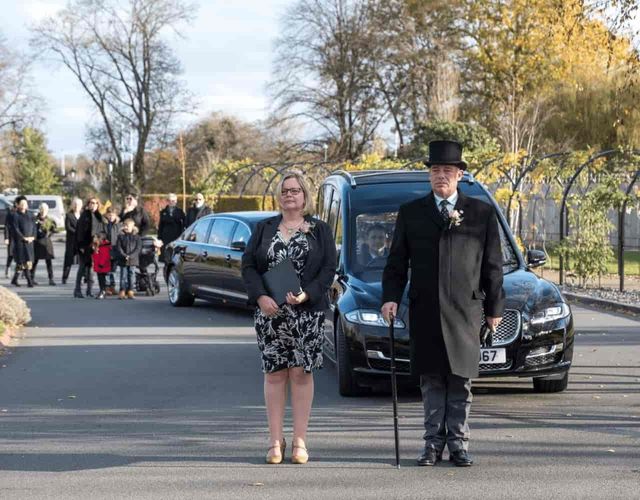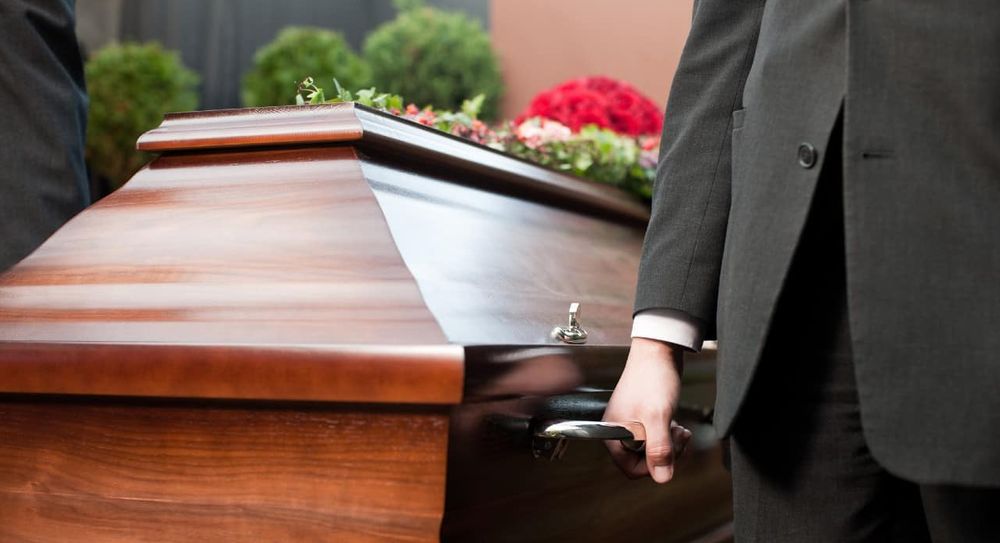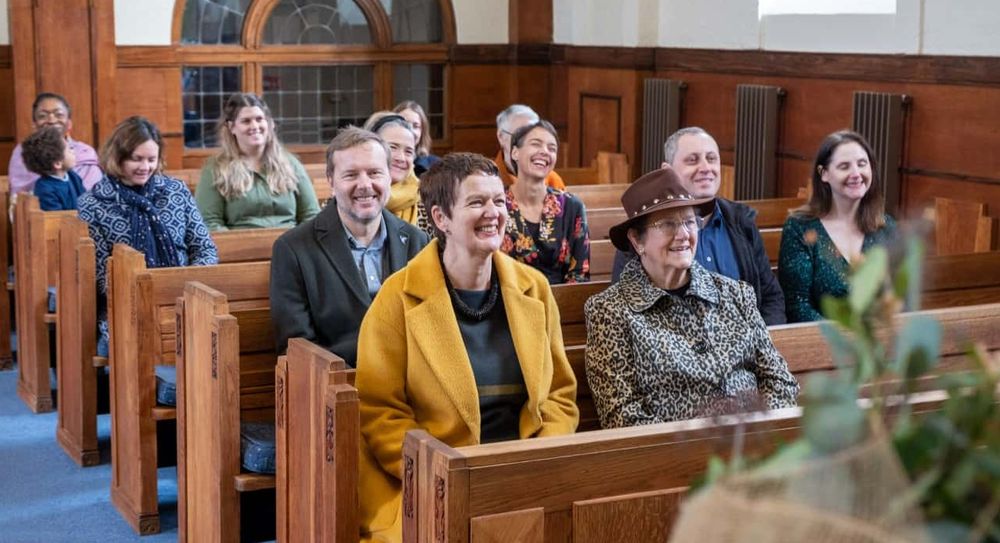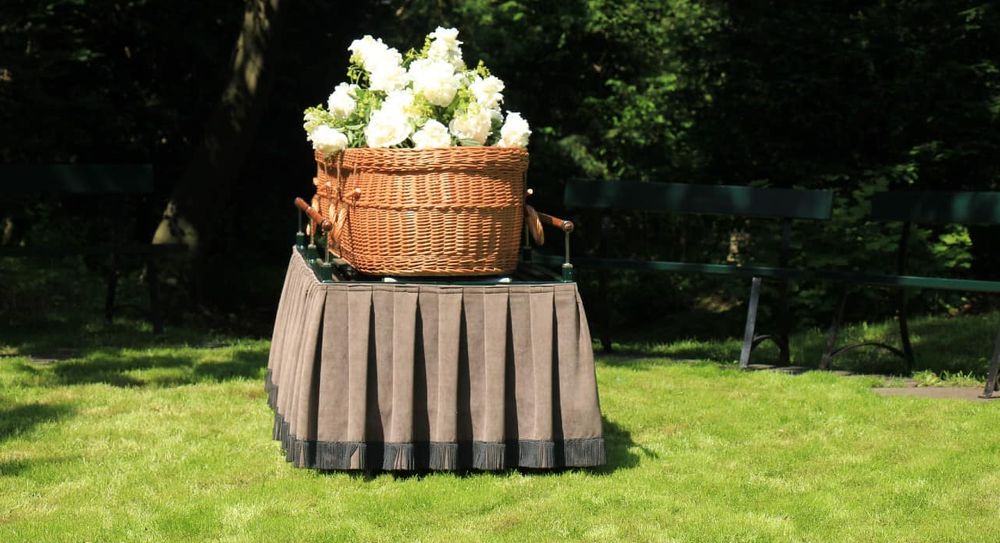What is a funeral cortège? How do you organise one? Learn more about funeral cortèges including traditional processions and modern alternatives.
What is a cortège?
A funeral cortège, also known as a funeral procession, is when a group of people or line of vehicles follows a coffin in a hearse. The procession will usually start at the funeral home or the home of the person who died and end at the venue where their funeral service is taking place.
Sometimes a funeral cortège will also go from the funeral service venue to the location of the burial or cremation, if this is different. So it’s possible to have more than one procession for one funeral.
Funeral processions explained
A funeral cortège can be on foot or in vehicles. Or both. Traditionally the procession would take place on foot and the coffin would be carried to its final resting place. But now it’s more likely that the coffin is carried in a hearse and a procession of cars or limousines follows. But the approach you take is up to you. See how you can adapt a funeral procession below to make it more fitting for the person who’s passed away.
A traditional cortège
If the cortège is more traditional and some of the family decide to go on foot the funeral director will usually lead the procession. They’ll do this to make sure that a slow pace is kept by the family as well as the hearse and any other cars that follow. It’s a sign of respect and can be a good way to say goodbye to someone who valued tradition.
A modern cortège
This is likely to be a coffin that’s carried in a hearse and followed by family members and friends in limousines and cars. But you can pare this back if the person who died didn’t want any fuss. It’s up to you whether you include limousines. And a hearse isn’t entirely necessary either. You can decide what’s important and how you want to pay your respects when arranging the funeral.
A personalised cortège
Did you know you can personalise a funeral procession? There’s no need to choose a traditional hearse. You could have a personalised vehicle leading the procession. This could be a motorbike or a classic car. And if the person who died had an interest in classic cars for example, perhaps friends with the same interest could follow the procession in their classic cars too. A funeral cortège can be a personalised tribute to someone with a unique interest.
Are there any traffic laws for funeral processions?
No, there aren’t. But if you do opt for an unusual vehicle to carry the coffin or a procession that’ll significantly slow down traffic you may want to inform the local council or police. Your funeral director should be able to help you with this.
Who’s in the procession at a funeral?
This is up to you. Traditionally the immediate family follow the hearse and other family and friends follow after. But this may change depending on who’s invited and who the immediate family ask to be part of the procession. There’s no right or wrong answer. It’s simply what you think is the right option for your loved one.
Do you have to have a funeral cortège?
No. You don’t have to have one. And there’s no need for a hearse or limousines if that’s not what you want either. Transport and the length of the procession route can add a lot to the total cost of a funeral so you might want to look at this option if you’re working with a budget.
Instead you can ask your funeral director to organise for the coffin to be taken to the funeral service venue ahead of time. This might also be more suitable for someone who didn’t want a lot of fuss at their funeral. Or it might be that you’d rather spend the budget you have for the funeral on flowers, a memorial, or other tributes instead.
Your funeral questions answered:
Photo by The Good Funeral Guide on Unsplash.




